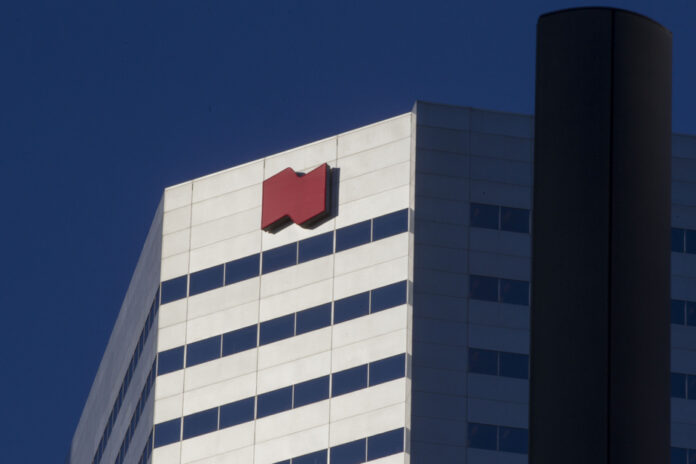The National Bank will no longer open new safety deposit boxes, which allow valuable items or important documents to be kept in branches. It becomes the first major Canadian bank to give up on this service.
La Nationale no longer offers this service since November 1, La Presse Canadienne has learned. The decision comes as the Montreal financial institution has noted a decline in the popularity of the boxes, confirms its spokesperson, Stéphanie Rousseau. “That said, customers who already had boxes before this date will be able to keep them,” she specifies.
National Bank is the first major Canadian bank to abandon safety deposit boxes. The five other Canadian banks and Desjardins Group confirmed that they still offered this service and that they did not intend to imitate their competitor for the moment. Some institutions have clarified that safety deposit boxes are not necessarily available in all their branches.
The income generated by safety deposit boxes “is not huge” for a bank, underlines the dean of the Williams School of Management at Bishop’s University, Reena Atanasiadis, in an interview. “If we multiply by the number of boxes available in branches, the annual revenues are not substantial. »
At National Bank, the annual fees for an existing safety deposit box range from $60 to $300, depending on the size.
These modest revenues, however, come with significant risks. “You could be robbed, there could be damage linked to a flood or whatever,” says Ms. Atanasiadis.
In 2012, a branch of the National Bank in Saint-Eustache in the northern suburbs of Montreal was the subject of a burglary which affected 53 safety deposit boxes. The story had surfaced in the media.
In theory, it is up to individuals to insure the contents of their box, but the bank is still exposed to a reputational risk. “If there are 1000 customers who complain, there are payments that will be made and it’s difficult to know what’s in the box (after the fact). »
The decision of the National Bank is not surprising, because the activities of banks are increasingly dematerialized, underlines Claire Célérier, professor of finance at the Rotman School of Management at the University of Toronto.
With the digitalization of banking services, the protection of physical assets plays a less important role in branches, where there are also fewer banknotes. “It no longer corresponds to the core business of banks. It becomes more expensive for them to have an activity that does not correspond to their core business. »
Other security services have also emerged as an alternative solution. Ms. Célérier gives the example of connected alarm systems and home safes. “Security today is no longer a service that is offered only by banks, but by all kinds of other companies. »
In Quebec, where the National Bank carries out the majority of its activities, the regulatory obligations linked to safety deposit boxes could also represent an administrative burden for financial institutions, says notary Marc Legault, associated with the Novallier firm in Saint-Bruno.
“Since 2016, it requires an opening report which is drawn up by a notary or a bailiff (after the death of the tenant). I think it made life more complex for financial institutions that had safety deposit boxes. »
Safety deposit boxes may still be useful for some savers, but Mr. Legault also notes that the digitization of financial assets and important documents is reducing their appeal.
The notary also believes that this shift towards digitalization will also impose itself on his profession and that important legal documents will eventually be stored virtually. “It’s already started. At the start of the pandemic, we started signing contracts virtually remotely, but it is becoming more refined. »
In the UK, large financial institutions, such as Barclays, have been moving away from safety deposit boxes for almost a decade. The trend has spread to the United States where other institutions have done the same. This is particularly the case for JPMorgan Chase, which made this decision a year ago.
It is likely that other Canadian institutions will follow suit, judges Ms. Célérier. This does not mean that they will necessarily all want to imitate the Nationale. “There are always banks that will keep it because there may be a very specific clientele that still relies on the bank to protect high-value items. »















